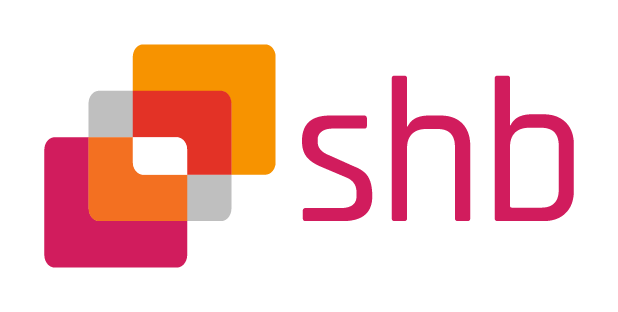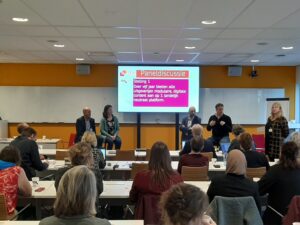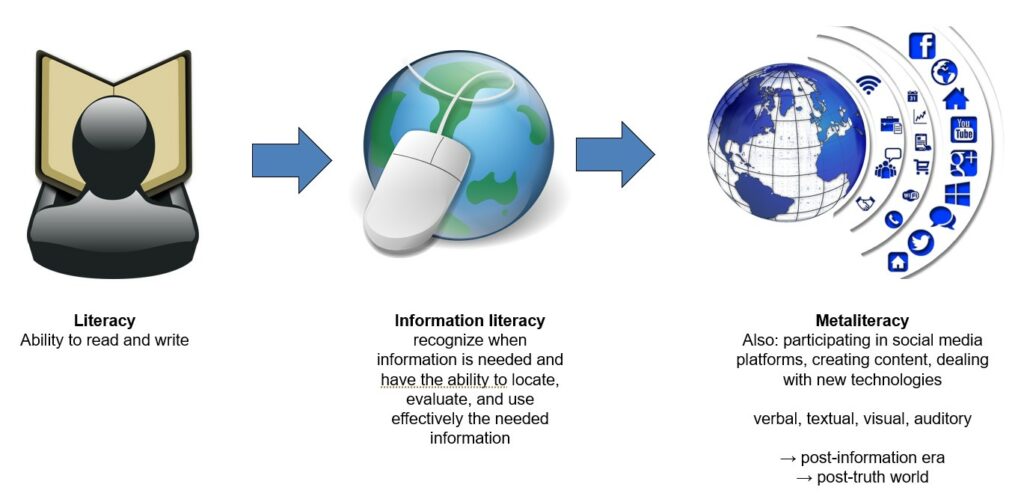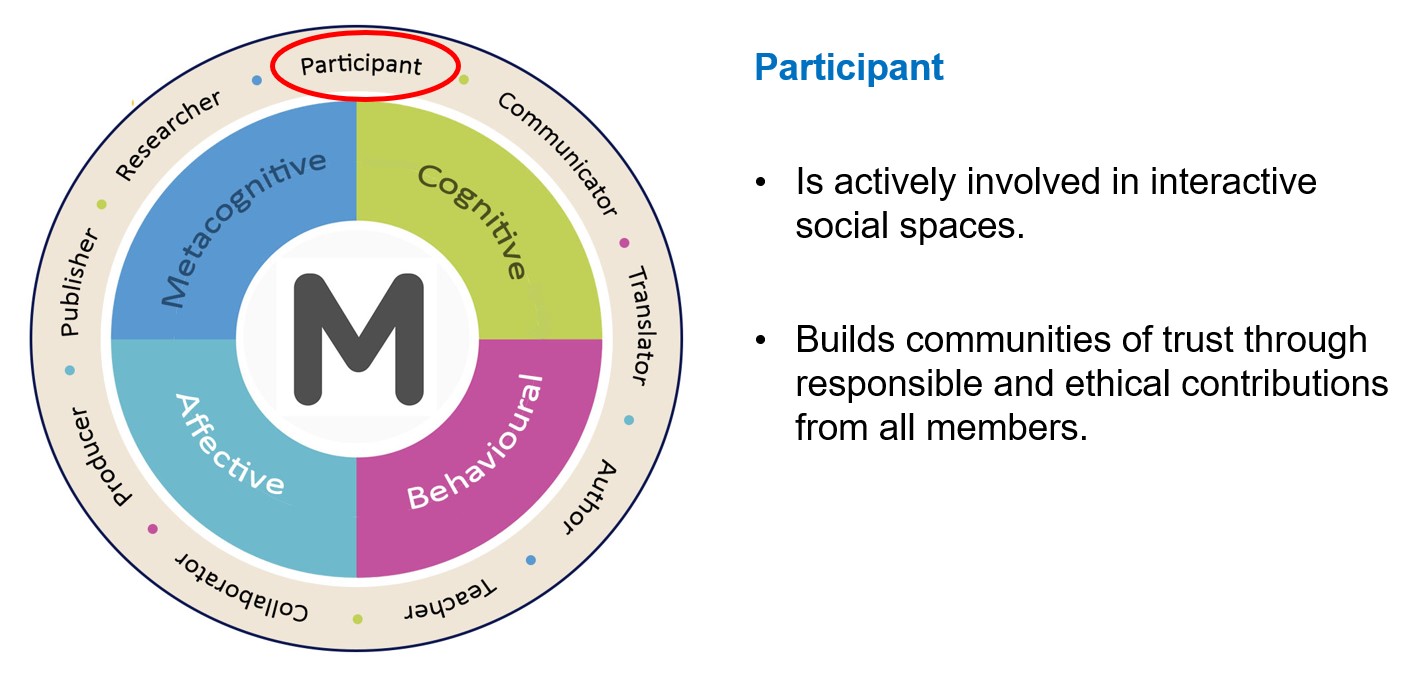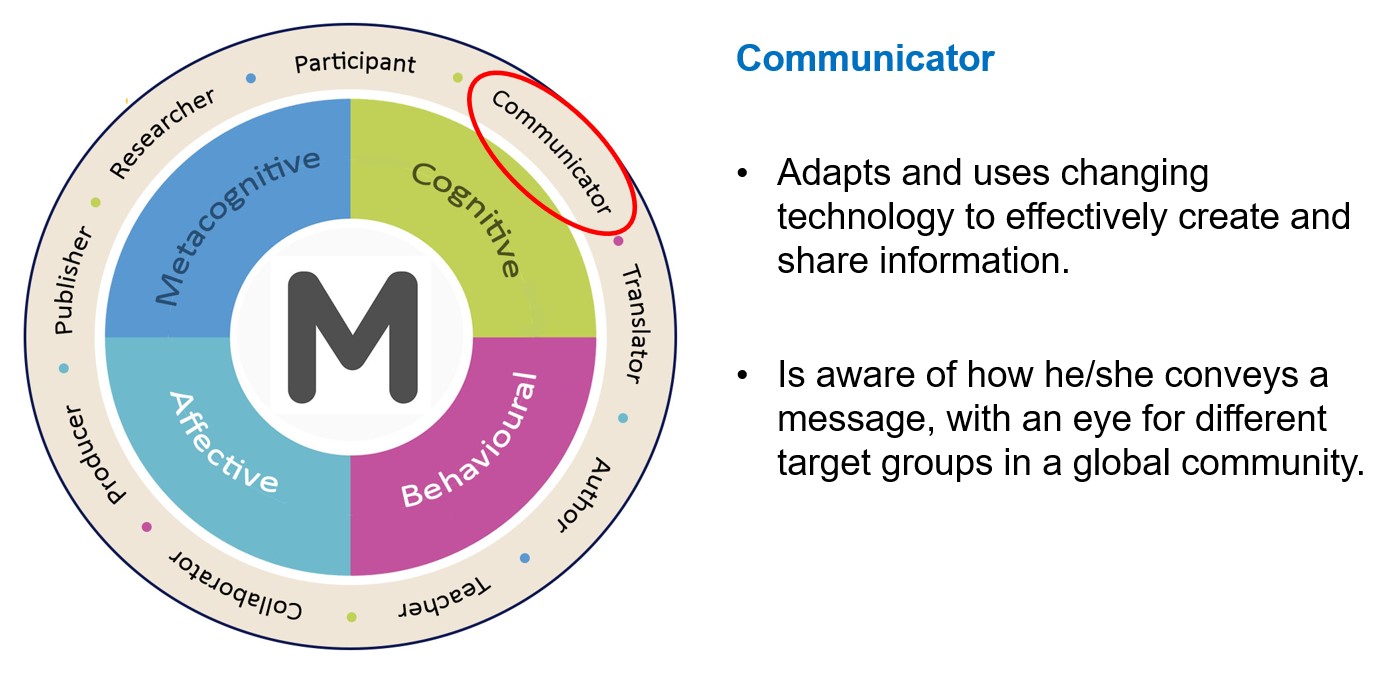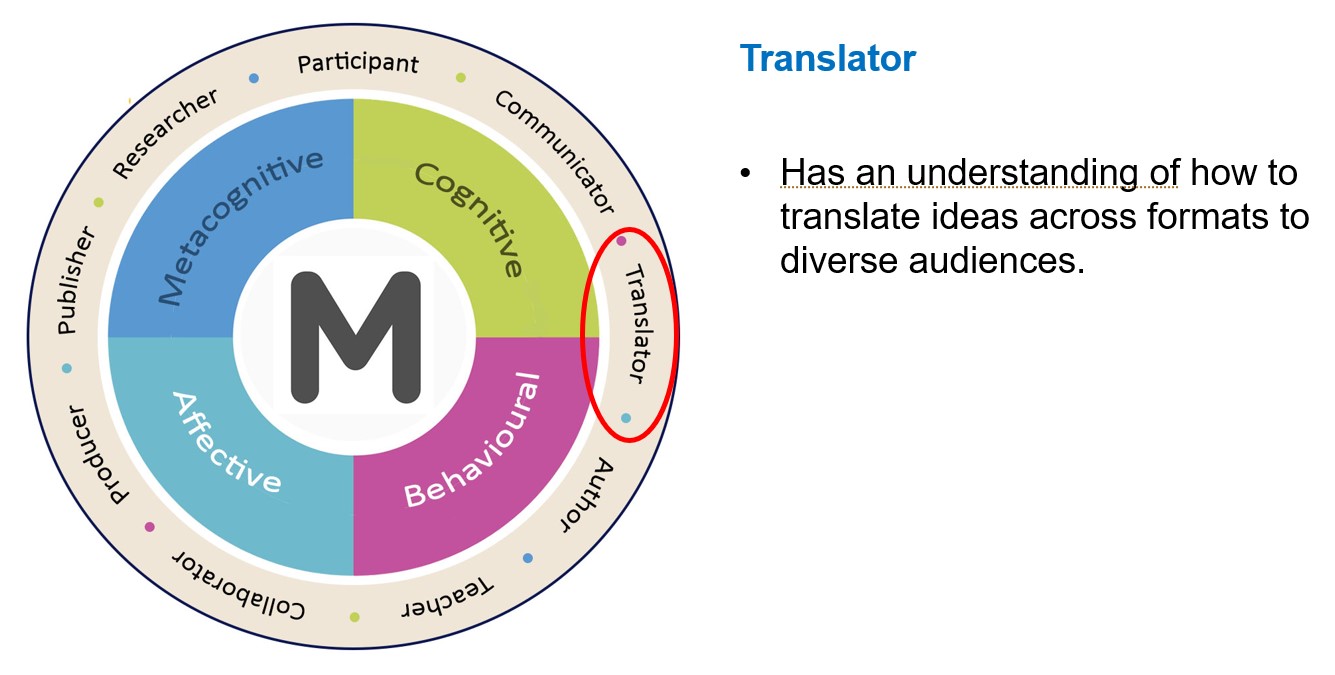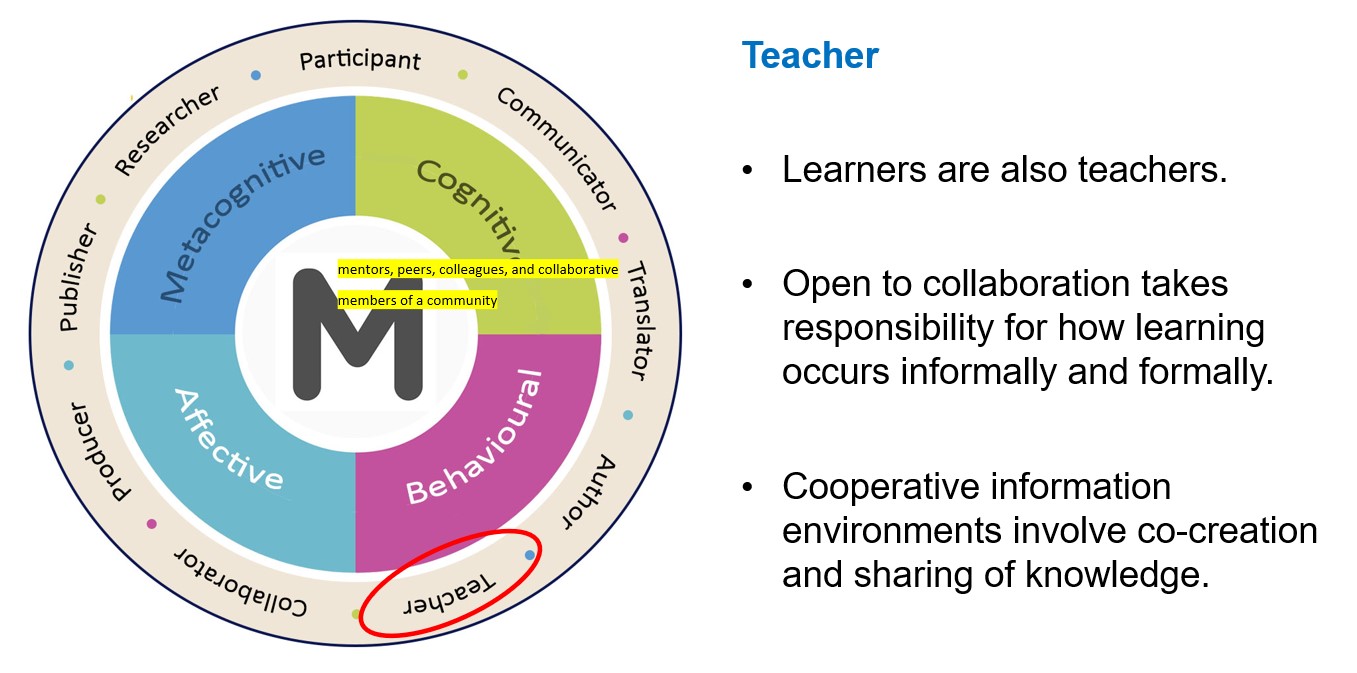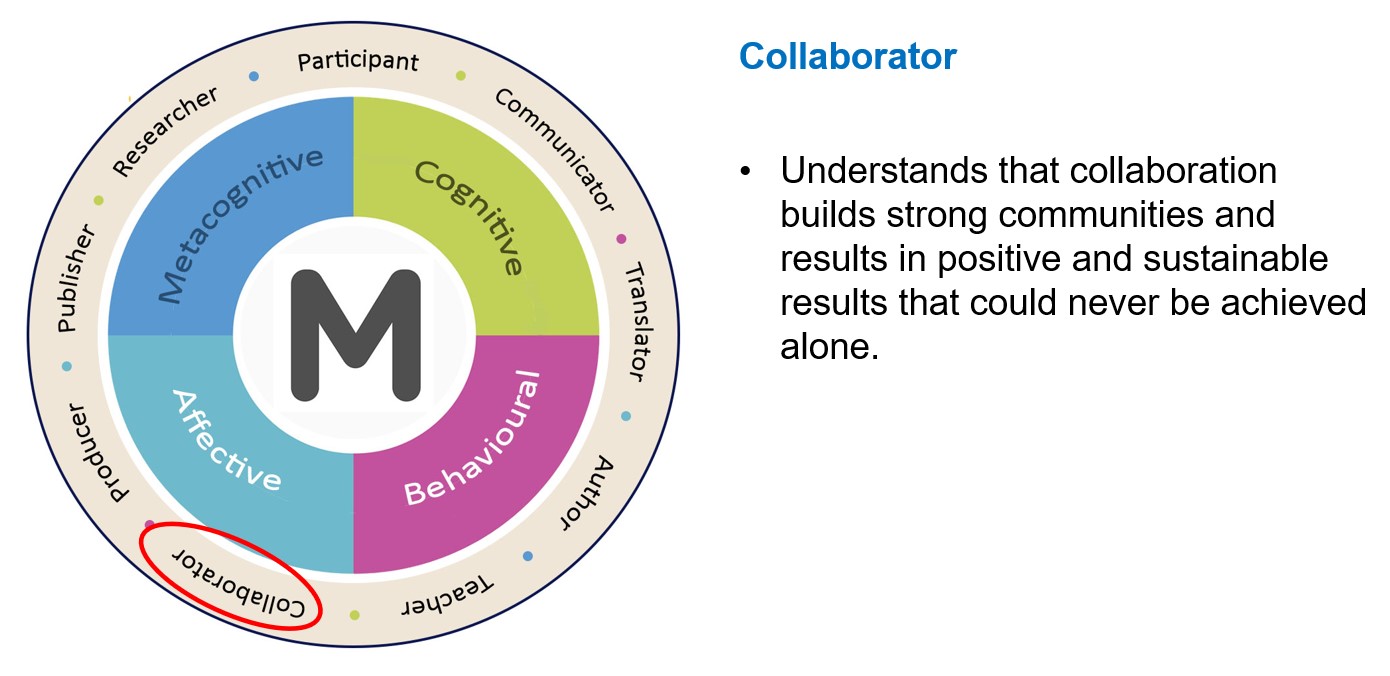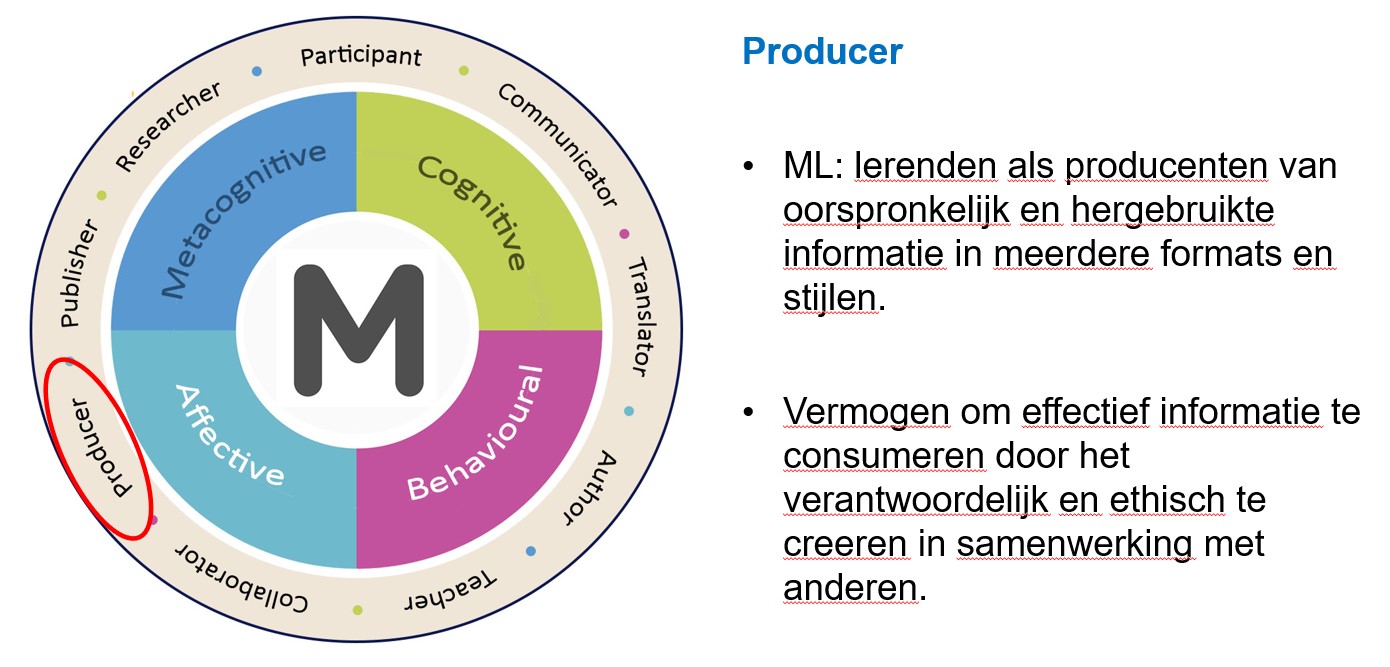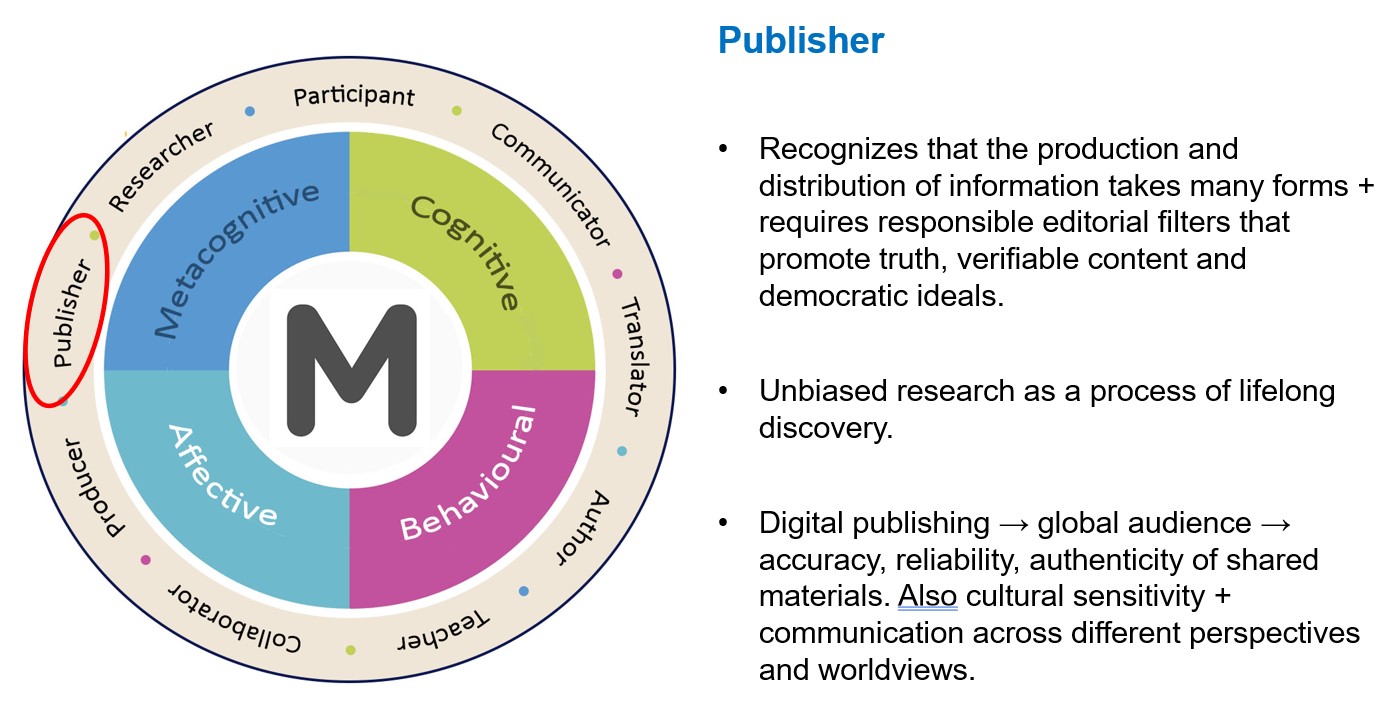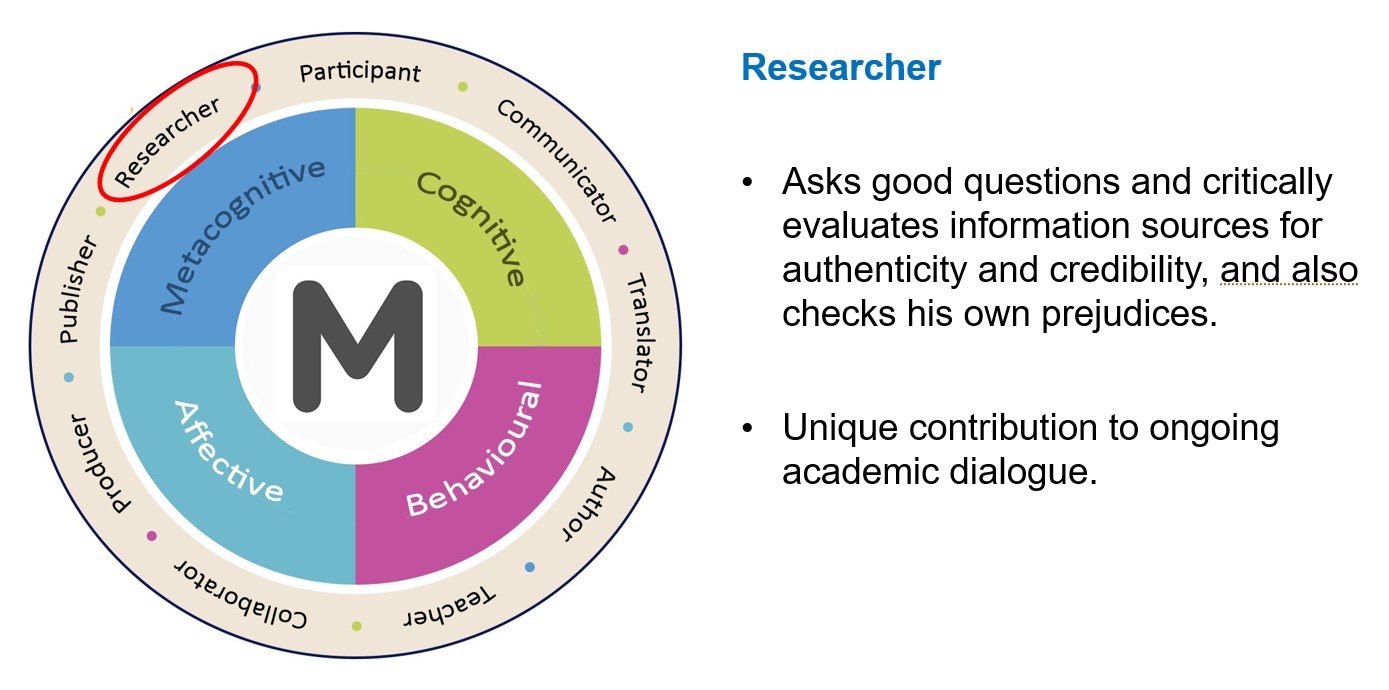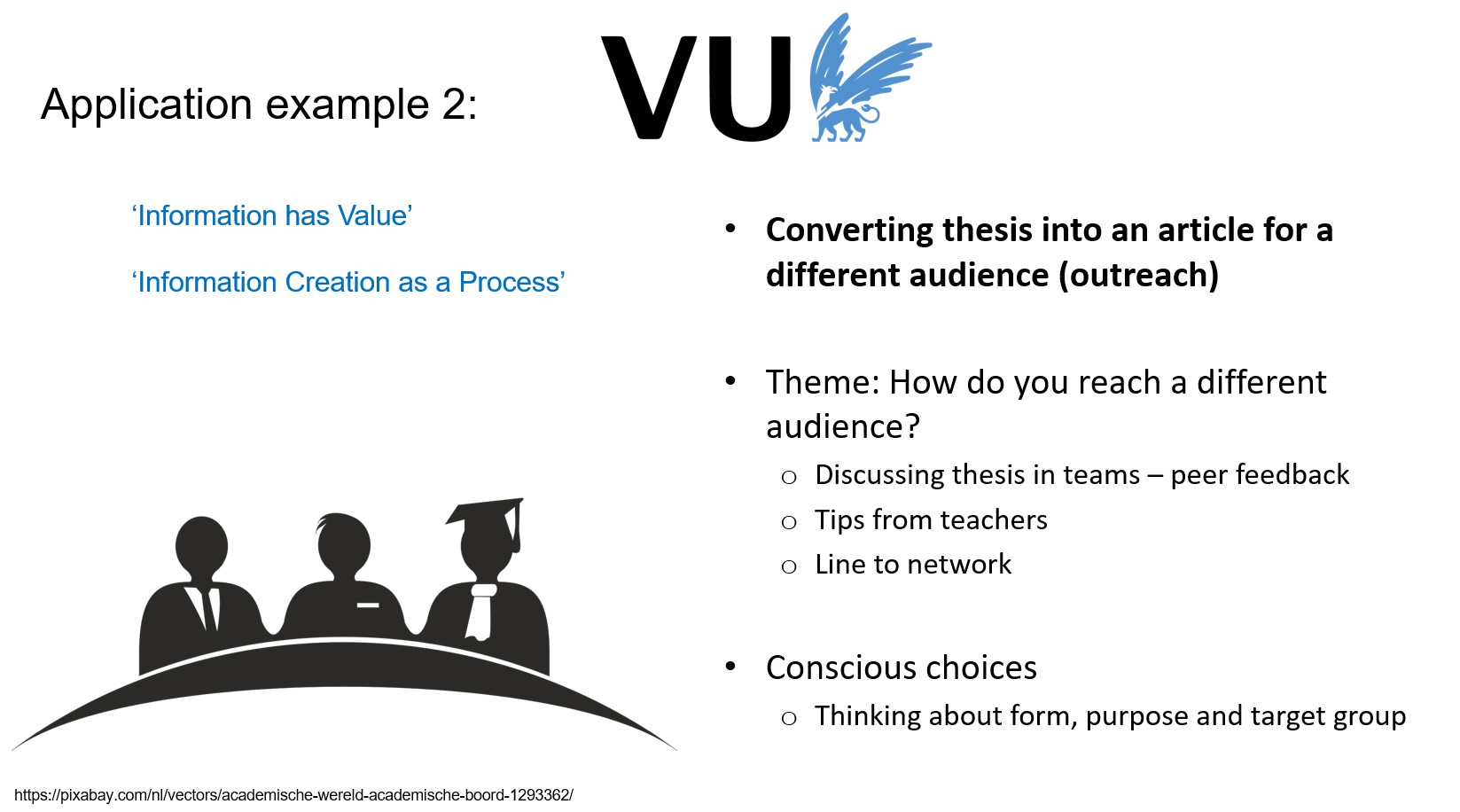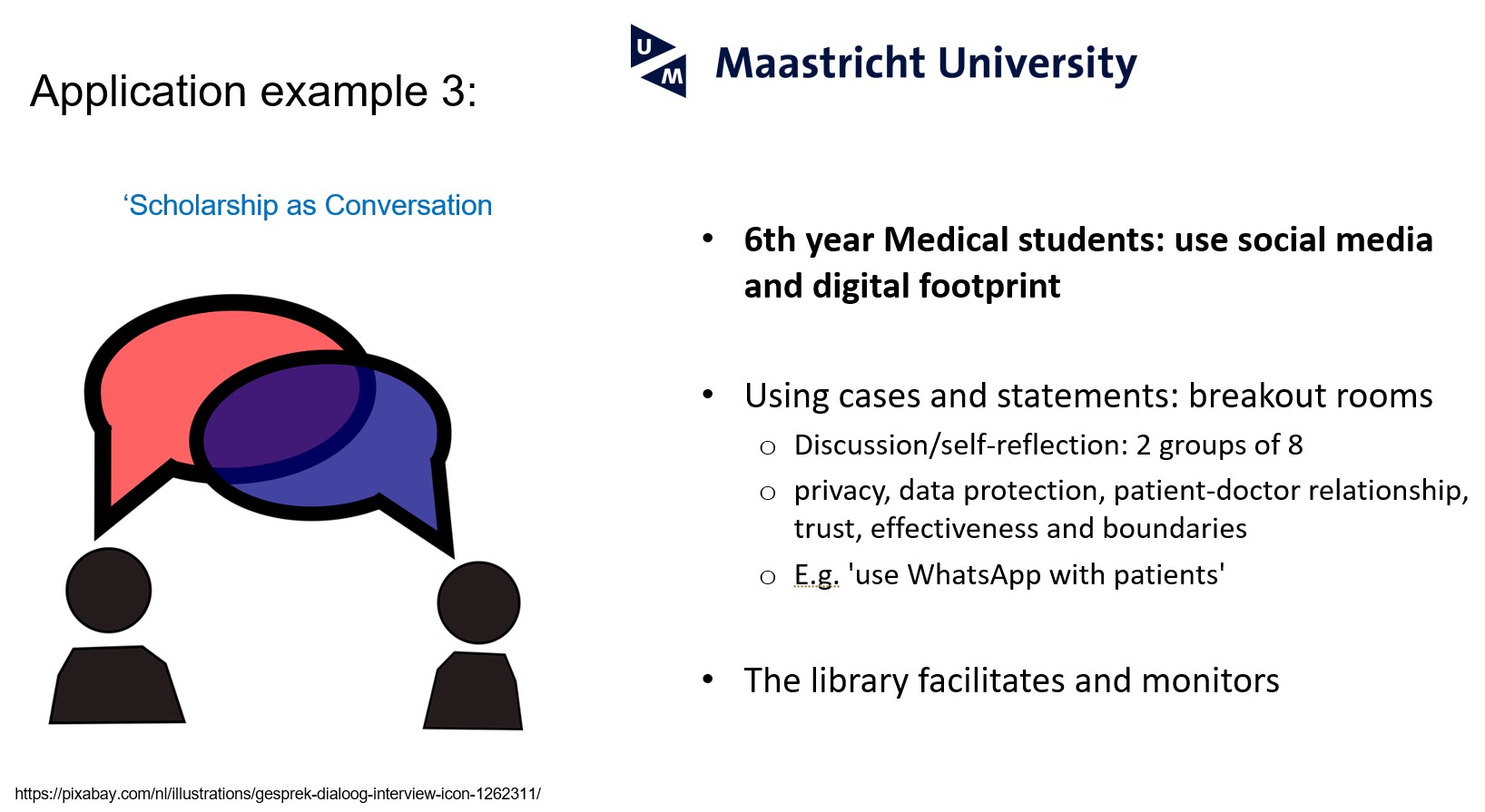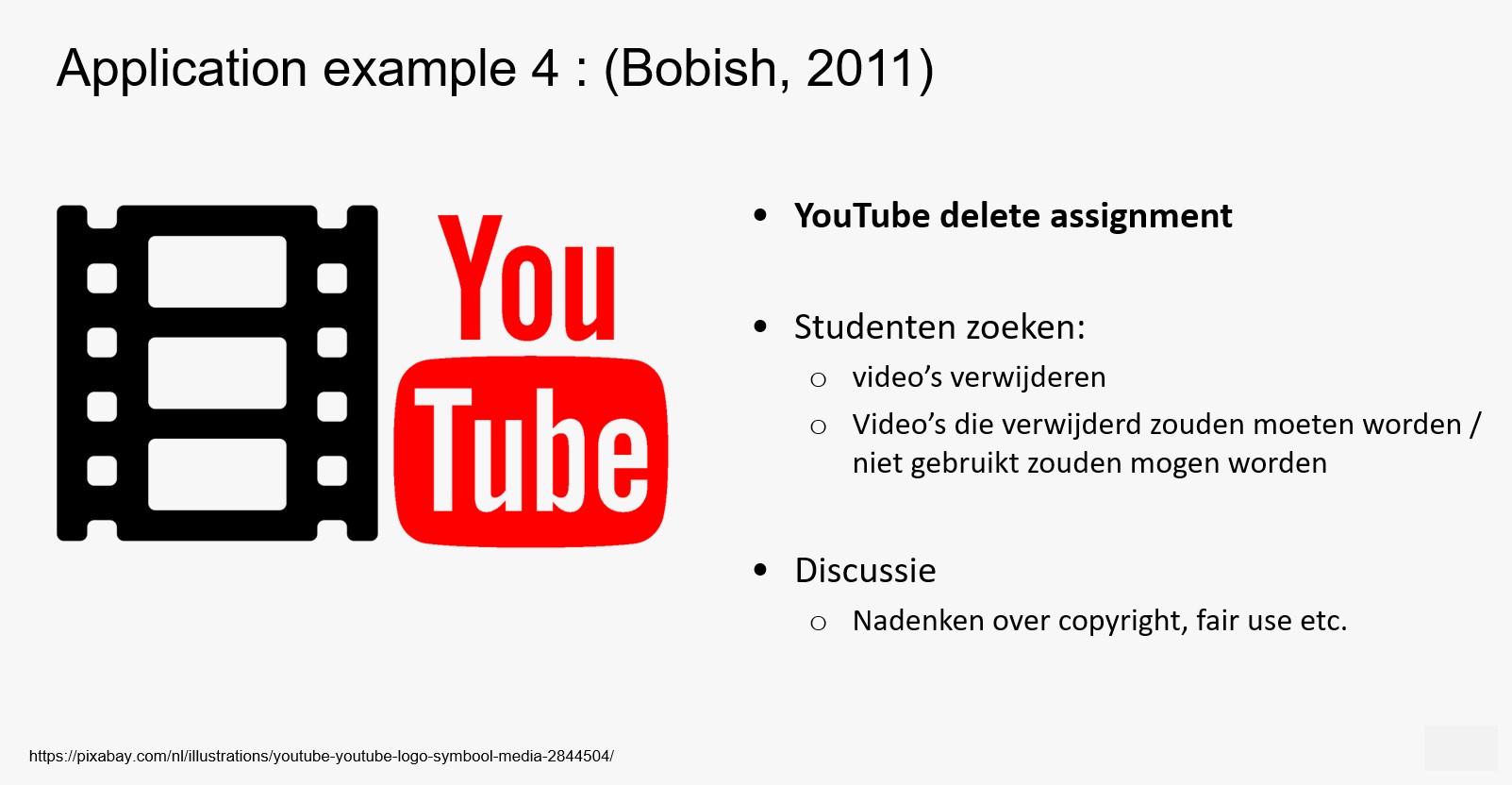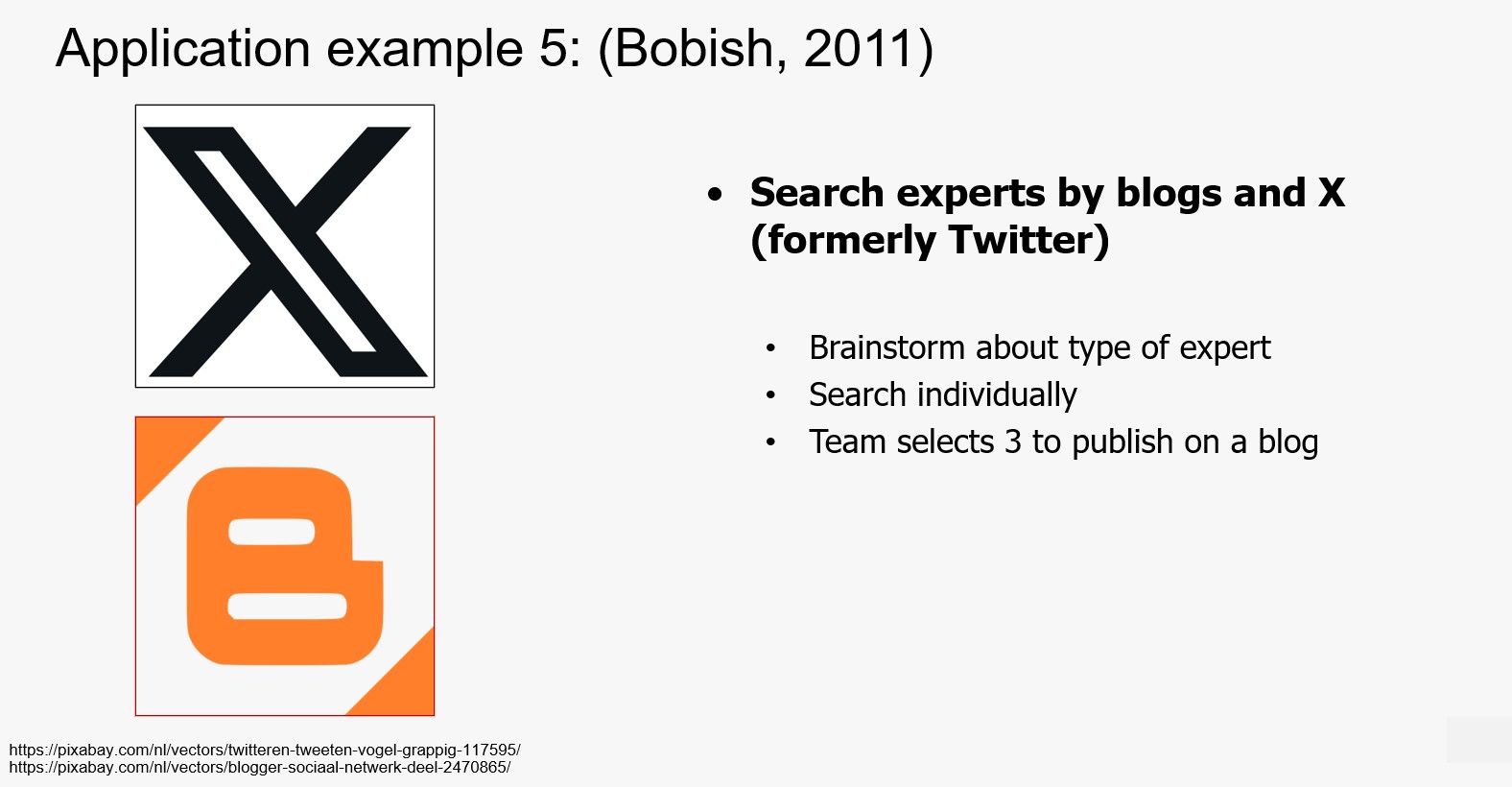Metaliteracy

The founders of metaliteracy, Mackey and Jacobson (2011), state that…
metaliteracy promotes critical thinking and collaboration in a digital age, providing a comprehensive framework to effectively participate in social media and online communities. It is a unified construct that supports the acquisition, production, and sharing of knowledge in collaborative online communities. Metaliteracy challenges traditional skills-based approaches to information literacy by recognising related literacy types and incorporating emerging technologies. Standard definitions of information literacy are insufficient for the revolutionary social technologies currently prevalent online. (Mackey & Jacobson, 2011)
Why Metaliteracy?
The following video gives an idea of the importance of metaliteracy.
The changing information landscape is placing new demands on how we deal with information and the competencies that are needed in that regard. The following illustration gives an outline picture of this development.

There are four metaliteracy goals, each consisting of underlying learning objectives:
Goal 1: Actively evaluate content while also evaluating one’s own biases.
Goal 2: Engage with all intellectual property ethically and responsibly.
Goal 3: Produce and share information in collaborative and participatory environments.
Goal 4: Develop learning strategies to meet lifelong personal and professional goals.
You can find the underlying learning objectives at metaliteracy.org. These learning objectives assume lifelong learning in an information landscape that is constantly changing. The objectives are broad based and should be applied in different contexts.
Each of the learning objectives comes under one or more learning domains.
When acquiring information literacy, various domains have a role to play in the metaliteracy approach. It is not just cognitive and behavioural but also affective and metacognitive aspects that are important. Which of these domains applies depends on the learning objectives. The domains are explained below.
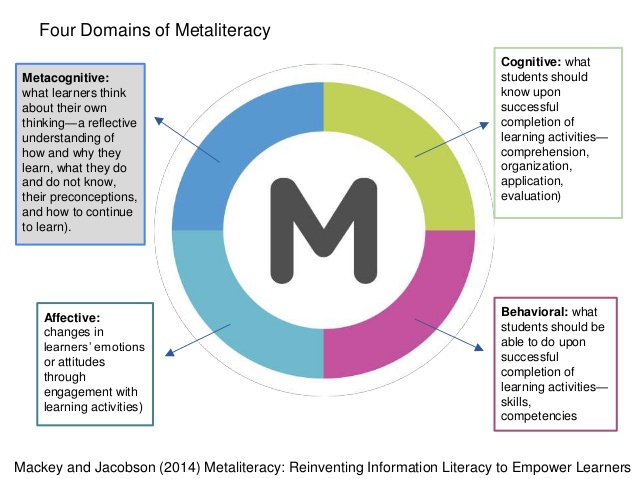
Some important aspects of the metaliteracy didactic approach are:
- Active online participation
- Self-reflection / metacognition / acquiring understanding
- Collaborating
- Peer feedback (e.g. team-based learning)
- Critical thinking
The metaliterate student has the following roles:
(Click/swipe to scroll through the images)
The metaliterate student also has the following character traits:
- Informed
- Collaborative participation
- Reflective
- Socially involved
- Adaptive
- Open
- Productive
The following slideshow shows a number of practical examples of applications. It also mentions ACRL frames that apply to the example. In many respects, the metaliteracy didactic approaches and the ACRL framework (see link) resemble each other.
(Click/swipe to scroll through the images))
Sources:
Jacobson, T. E., & Mackey, T. P. (Eds.). (2017). Metaliteracy in practice. American Library Association.
Jacobson, T. E., & Mackey, T. P., O’Brian, K. (2017). Empowering Yourself in a Post-Truth World [MOOC]. The State University of New York.
Jacobson, T. E., & Mackey, T. P., O’Brian, K. (n.d.). Metaliteracy [Website]
Mackey, T. P., & Jacobson, T. E. (2011). Reframing information literacy as a metaliteracy. College & research libraries, 72(1), 62-78.
Mackey, Thomas P., and Trudi E. Jacobson. (2014).Metaliteracy: Reinventing information literacy to empower learners. American Library Association.
Other sources
| Metaliteracy.org | Officiële Metaliteracy-blog |
| Metaliteracy MOOC | MOOC over Metaliteracy |
| Empowering Yourself in a Post-Truth World | MOOC van The State University of New York van Mackey & Jacobsen |
